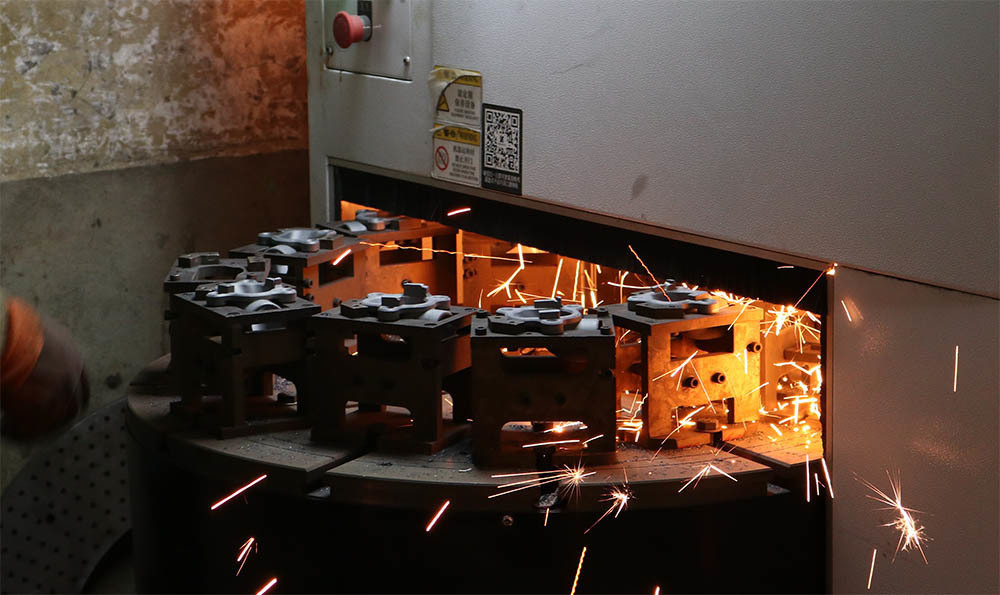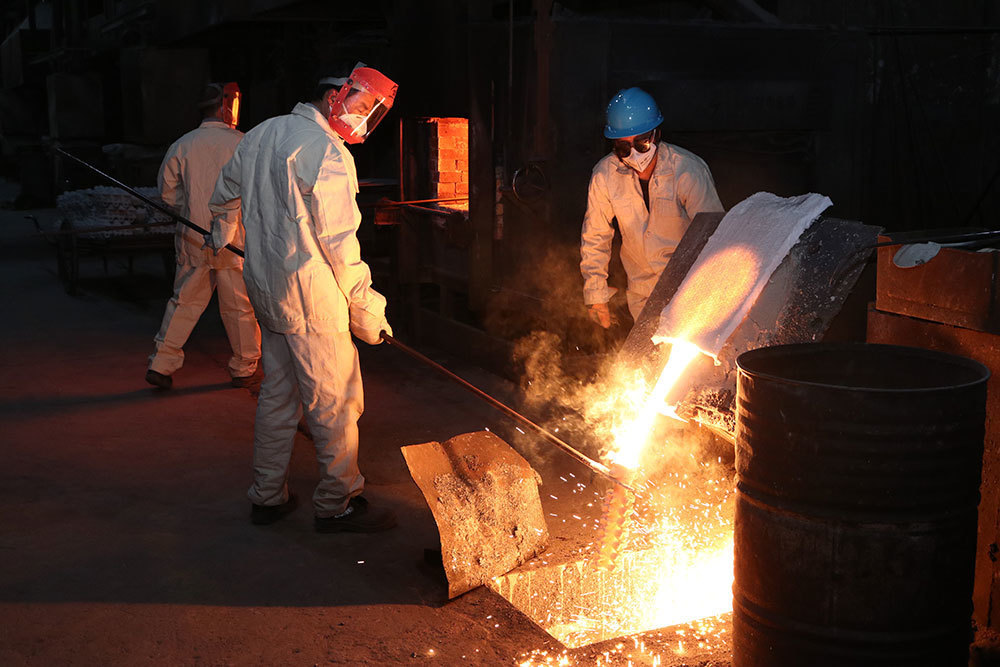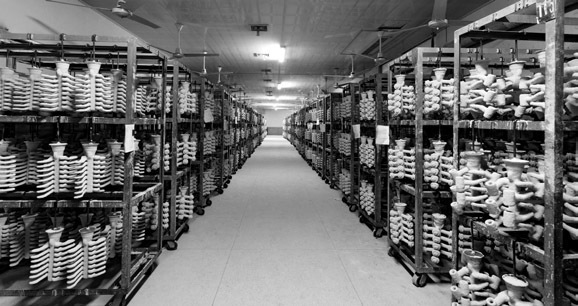2025-05-07
Troubleshooting Common Issues with Transmission Fork Castings: A Comprehensive Guide
Troubleshooting Common Issues with Transmission Fork Castings
Introduction to Transmission Fork Castings
Transmission fork castings are vital components in various machinery and automotive applications, serving crucial roles in the transmission systems of vehicles. These castings are designed to facilitate the operation of gear shifts, enabling smooth transitions between gears. However, like any mechanical parts, they are not immune to issues that can affect performance and efficiency. In this guide, we will explore common problems associated with transmission fork castings and provide troubleshooting tips to address these issues effectively.
Understanding Transmission Fork Castings
What Are Transmission Fork Castings?
Transmission fork castings are typically made from high-strength materials like aluminum or steel. They are designed to engage and disengage gears within a vehicle's transmission system. The operation of these forks is crucial in ensuring that the vehicle shifts smoothly and accurately between different speeds.
The Importance of Proper Functionality
A perfectly functioning transmission fork casting is integral to maintaining the overall performance of the vehicle’s transmission. Issues with these parts can lead to difficulties in shifting gears, resulting in poor vehicle performance and potential safety hazards.
Common Problems with Transmission Fork Castings
1. Wear and Tear
Over time, transmission fork castings can experience wear due to friction and repeated use. This wear can lead to misalignment and improper engagement with gears. Signs of wear may include:
- Difficulty in shifting gears
- Grinding noises during gear transitions
- Increased resistance when moving the gear lever
2. Corrosion
Corrosion can significantly impact the integrity of transmission fork castings. Exposure to moisture and chemicals can lead to rust, weakening the structure and functionality of the casting. Symptoms of corrosion include:
- Visible rust or pitting on the fork surface
- Increased friction and resistance during operation
- Unusual sounds when shifting gears
3. Misalignment Issues
Misalignment of the transmission fork can occur due to improper installation or damage from external forces. This can result in:
- Inability to shift into certain gears
- Grinding of gears when attempting to shift
- Excessive wear on both the fork and gear teeth
Diagnosing Issues with Transmission Fork Castings
Step 1: Visual Inspection
Begin troubleshooting by performing a thorough visual inspection of the transmission fork castings. Look for signs of wear, corrosion, or physical damage. Ensure that all parts are securely fastened and free from debris.
Step 2: Check for Proper Alignment
Verify the alignment of the transmission fork with the gears. Misalignment can often be corrected by adjusting the position of the fork or related components.
Step 3: Listen for Unusual Noises
Turn on the vehicle and listen for any unusual sounds while shifting gears. Grinding or clunking noises can indicate issues with the transmission fork or the gears themselves.
Step 4: Test Gear Engagement
Attempt to shift through all gears, paying attention to how smoothly each transition occurs. If specific gears are difficult to engage, further inspection of the fork and related components may be necessary.
Solutions for Common Issues with Transmission Fork Castings
1. Addressing Wear and Tear
If wear is detected, consider the following solutions:
- **Replacement:** In severe cases, replacing the transmission fork casting may be necessary to restore proper function.
- **Refurbishment:** Minor wear can sometimes be corrected through machining or polishing to restore the surface.
2. Treating Corrosion
To combat corrosion issues:
- **Cleaning:** Remove rust using a wire brush or sandpaper, followed by a thorough cleaning to eliminate contaminants.
- **Protection:** Apply a protective coating or rust inhibitor to prevent future corrosion.
3. Correcting Misalignment
For misalignment problems:
- **Repositioning:** Adjust the fork’s position to ensure that it aligns correctly with the gears.
- **Tightening:** Ensure all mounting bolts and connections are tightened to the manufacturer’s specifications.
Preventative Measures for Transmission Fork Castings
Routine Maintenance
Implement a regular maintenance schedule to inspect and service transmission fork castings. Regular checks can identify potential issues before they escalate into significant problems.
Use Quality Materials
When replacing or refurbishing transmission fork castings, always choose high-quality materials that meet or exceed OEM specifications. This will enhance durability and performance.
Educating Operators
Training operators on the proper handling and operation of machinery can minimize misuse and reduce the risk of damage to transmission components.
FAQs About Transmission Fork Castings
1. How often should I inspect my transmission fork castings?
It is advisable to inspect transmission fork castings during regular maintenance intervals, or whenever you notice shifting issues.
2. Can I repair a corroded transmission fork casting?
Yes, minor corrosion can often be treated with cleaning and protective coatings. However, severe corrosion may necessitate replacement.
3. What are the signs of a failing transmission fork casting?
Signs include difficulty shifting gears, unusual noises during gear transitions, and visible wear or damage to the casting.
4. How can I prevent wear on my transmission fork castings?
Regular maintenance, using quality parts, and educating operators on proper use can help minimize wear.
5. Can a misaligned transmission fork be adjusted easily?
Yes, misalignment can often be corrected by repositioning the fork and ensuring all connections are secure. However, this may require professional assistance.
Conclusion
Troubleshooting common issues with transmission fork castings is essential for maintaining optimal performance in machinery and vehicles. By understanding the potential problems, conducting thorough diagnostics, and implementing effective solutions, we can ensure the longevity and reliability of these critical components. Regular maintenance and preventative measures will further enhance their performance and reduce the risk of unexpected failures. Remember, a well-functioning transmission fork casting not only improves efficiency but also contributes to overall safety in industrial and automotive applications.









